How to Train a Horse to Respect You
I think that the most important point to remember whenever you are trying to train a horse to respect you...
And in fact, whenever you are training a horse...
Is that you have to work "within its frame of reference."
In other words, you have to "speak in a language that the horse understands."
So what is the horse's "frame of reference?"
The Most Important: Is That The Horse is a Herd Animal...
Why is it important to be aware of this?
Well, because a horse is a herd animal, it thinks and reacts in a certain way...
And you can either use this to your advantage, or work against it and make it really difficult for yourself, because the horse never "gets" the message you are trying to give.
So let's start by exploring in a little more depth what being a part of a herd means to the horse. Especially taking into account that it is a "prey" animal and not a "predator" -- where being part of a group has different connotations.
- Firstly -- being part of a herd means that there is a hierarchy within the herd, and depending on your horses nature, it will find its natural place in that hierarchy.
- Second -- being part of a prey herd means that the horse's natural comfort zone will be when it is sedentary (relaxed and stationary) and part of the group. Because then it is safer from predators, because of the group dynamic.
- Thirdly -- when a horse faces another horse it is being respectful, where turning away and presenting its hind quarters, where it is able to kick out at another horse, is a sign of disrespect.
So what do these points mean to us when we are training a horse, or trying to train a horse to respect?
And how can we use them to our advantage? ...
Firstly...
There will always be a group dynamic between ourselves and the horse we are trying to train.
And if you let the horse assume the dominant role in this hierarchy, you are already battling the odds to make it listen to you and pay you respect, purely because it feels like the alpha animal in the partnership.
Second...
If you make your horse move its feet, you are taking it out of a comfort zone because it is sedentary by nature, and you can use this to your advantage when training a horse.
Thirdly...
If you get into the habit of...
- Standing next to your horse, holding the lead rope and assuming a certain body position (for example, bending down from the waist)...
- And you then use a crop to tap it hard enough on the rump to make it move its hind-quarters round away from you and thus end up facing you...
- And as it does this, straighten your body posture, stand up, and step backwards a step, letting the horse stand still facing you...
You will very soon have a horse that will turn and face you when you assume this body position without the use of the crop.
This means that every time the horse moves and starts to turn away from you, you can get its respect and get it to face you with two eyes. Instead of presenting its hind-quarters to you, either in an aggressive manner or in an attempt to get away from you, by simply assuming this body position.
Let's go Back & Discuss the Second Point in More Depth:
Where we spoke about the horse being a sedentary animal and in a comfort zone when it is doing nothing.
I see so many people when they are working around their horse...
Stand next to the horse and restrain it from moving when they want it to stand still, and every time the horse moves they restrain it again and try to make it stand.
A far better way of teaching the horse to stand...
...Is to use the concept of taking it out of its comfort zone by making it move until it wants to stop and stand.
And then rewarding it at this point by putting it back into its comfort zone, and letting it do so.
Here is What I Would do to Get a Horse to Stand While I Work Around it:
I would first use a head-collar and let the rope hang free to the ground.
To start with I would move around the horse placing myself where I can easily get to the lead rope.
Every time the horse starts to move of its own accord, I would take hold of the lead rope and make the horse back up quite strongly for some yards. Lead it forward and repeat the back-up.
I would start by doing this twice, then leading the horse forward to where I want to work, and here is the important point, LET GO OF THE LEAD ROPE AGAIN.
Don't stand and restrain the horse.
If it moves again, repeat the process.
Very quickly you will see that as the horse starts to fidget and you reach your hand towards the lead rope, it will stop moving and stand still without you having to make it back up.
The important thing is for you to be totally aware and present when you are teaching the horse, and for you to react instantaneously when it starts to move, so that it associates the movement with the consequence.
Doing these two things goes a long way to establishing you as the ALPHA partner in your relationship with your horse.
Start As Above and Do Not...
You will notice that my suggestion when you are teaching this respect is, to start with a head collar and no other tack on the horse.
DO NOT start this lesson while you are in the process of tacking up because you are setting yourself up for failure, by not starting with step one.
If, for example you try this with an unsecured saddle on the horses back you run the risk of the saddle falling off and getting damaged. Or, if the girth is already through the martingale and it falls, this will spook the horse as it drags the saddle along the ground.
Start by placing a saddle pad on the horses back that has no consequence if it falls off.
Head Throwing (Butting) After Competing:
One can also use this method, once the horse understands, to stop horses head-butting you when they are being lead after competing.
I so often hear riders say, "Shame the horse is tired/excited/hyped" ... so they permit this to happen and immediately lose their horses respect, and teach it the bad habits.
If you never let this happen, very soon you will have a horse that you can un-tack and work with, without getting head-butted and trodden on, and can then lead the horse quietly round to cool down.
Again you will notice that I advocate starting all these kind of lessons while you are standing on the ground.
Don't skip this and go straight to teaching respect when you are mounted.
Let's take a look though, at what being a herd animal means to your horse when you are mounted.
The Herd "Frame of Reference" when in the Saddle:
Horses are naturally herd animals, so Nappiness, or wanting to get back to the herd, is a natural consequence of this.
It is almost impossible to train a horse that has its attention focused on the herd or the stables, and not on what you are trying to teach it.
Again I start by teaching the horse to stand still until asked to move.
"Nappiness"...
Some things to be aware of if you are trying to break the habit of Nappiness, and want to get the horses respect and attention on you.
- Don't build an arena with the gate on the same side as the stables. That is always such a magnet to the horse and teaches it to Nap. Put the gate on the side away from the stables.
- Do NOT have other horses that you are going to work next, standing at the gate. You are again creating your own problems if you do this.
- Do NOT end the training session by riding out of the arena. The horse starts to associate the gate with the end to movement, and being allowed to stand (Back in the comfort zone we have talked about), if you do this.
Instead -- Ride to the middle of the arena, dismount, loosen girths and any other tack there, paying attention to reinforce the lesson of "stand still" while you do this.
Then lead the horse out of the arena so it starts to associate the middle of the arena with an end to work.
The Next bit of Advice in Curing Nappiness...
...Or a horse that will not stand, is to use almost the same technique you used when standing on the ground.
However, I find that by using the "ONE REIN STOP" method described in many of my videos you achieve a number of things at the same time, where backing up the horse does not.
When you are mounted, backing the horse to teach it to stand has two drawbacks in my opinion.
- First you are having to apply pressure on the mouth to make the horse back-up, and that pressure is only released by you and not the horse... so it does not learn to release its own pressure, by "giving" to the pressure and dropping away from the bit.
- Second, backing up is an unnatural gait for a horse that you have to teach it to do, so if you are training a young horse to stand, you are then trying to teach two lessons at once, which is more difficult for the horse.
What I do is to use a snaffle...
(Or gag with only one rein which is attached to the snaffle ring of the gag, effectively turning the gag into a snaffle)
I never use any bit that has a pulley type action like a gag, draw-reins or even a Pelham because I want an instantaneous on/off of the pressure in the mouth...
So the relief from pressure for the horse is immediate when it does what I want.
So Let's Assume the Horse Moves Uninvited...
1) I would take one rein and flex the horse's head to one side, starting with my hand wide of the horse to get it to start turning in a circle.
2) I would then bring my hand quietly back towards my chest narrowing the pull, and just keep enough pressure to keep the horses head flexed to that side and LET IT CARRY ON WALKING.
Do NOT try to stop it. Let it walk the circle for as long as it takes until THE HORSE WANTS TO STOP of its own accord.
3) At this point immediately release the pressure on the rein and let it stand with the reins loose.
4) If it moves again, repeat, and let it walk round until it wants to stop and again immediately release the pressure.
Work flexing to one side for a while, then switch to the other side.
Next, once the horse is getting the idea of standing still till asked to move, just let the horse learn to stand with no pressure on the reins, and in a natural body position, and only flex when it moves.
In My Opinion You Have Taught a Number of Things Using This Method:
- Firstly -- you have taught patience and the horse has its attention with you, so you are a long way down the track to curing nappiness.
- Secondly -- you are starting to supple the horse by stretching those neck muscles which is great for the horse in future lessons.
- Thirdly -- you are making the horse SAFE for anyone to ride, because it learns that the pull on a single rein means stop.
- And lastly -- you are starting to educate the mouth and teach the horse to drop from pressure because while it has a hold on the bit, it is creating its own pressure and will keep moving because of this.
The minute it gives to the pressure, flexes and stands, you are releasing pressure, so the horse starts to associate giving to pressure from the reins with you also relieving the pressure.
This is the start of creating a good mouth.
Concluding on How to Train a Horse to Respect You...
I think you can see that if you teach the horse patience and manners starting from the ground and working on from there, you will always be working with a respectful horse, which is a pleasure to be around.
And that is how you train a horse to respect you.
Hope those tips help you.
Happy training,
- Gav
P.S. Don't be scared of taking a trained horse that has bad manners, and go back to the beginning and use these methods.
They also learn respect pretty quickly.
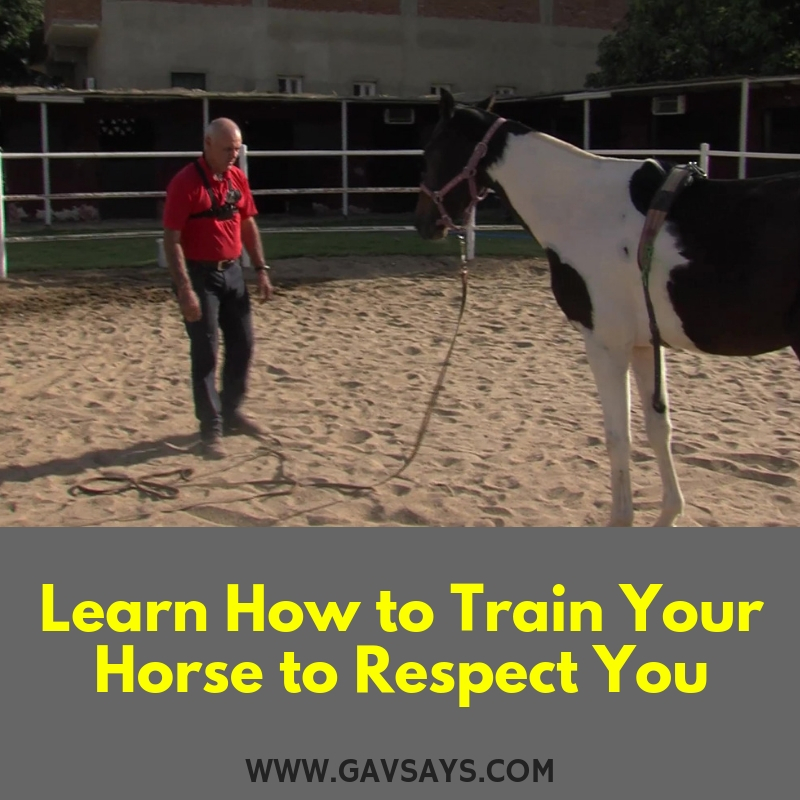
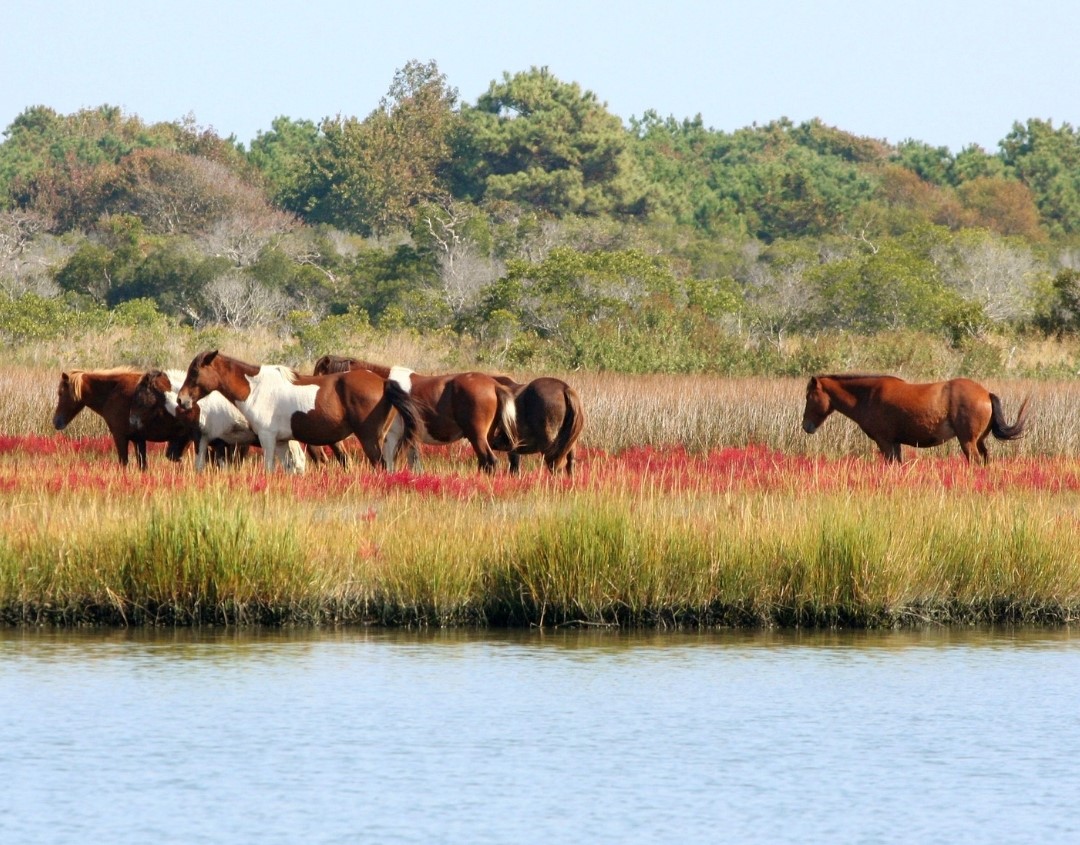
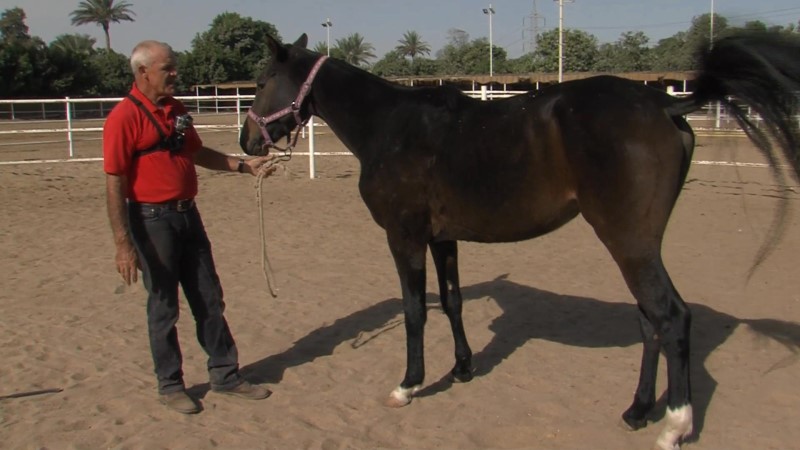
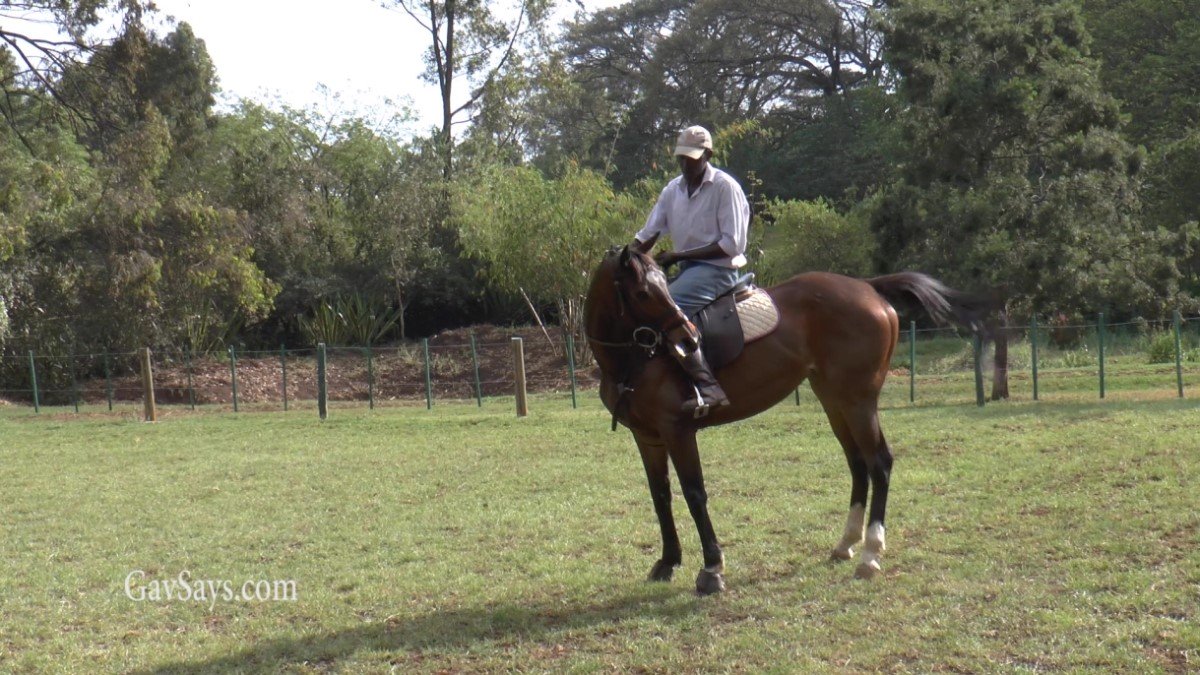
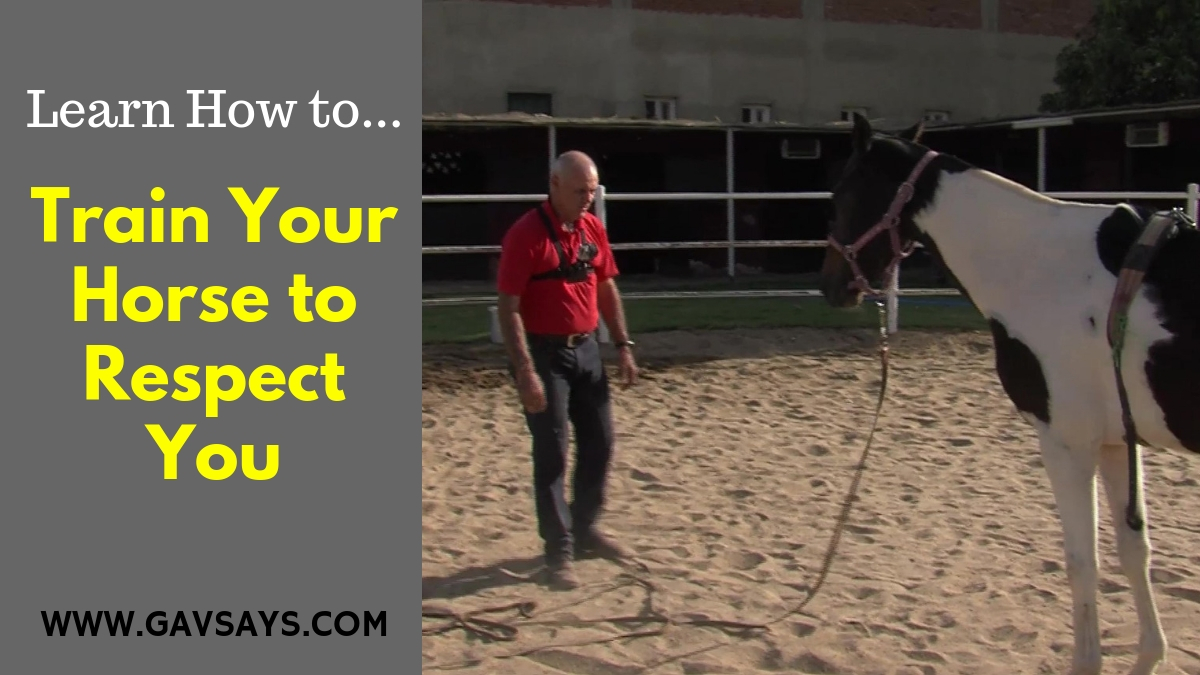
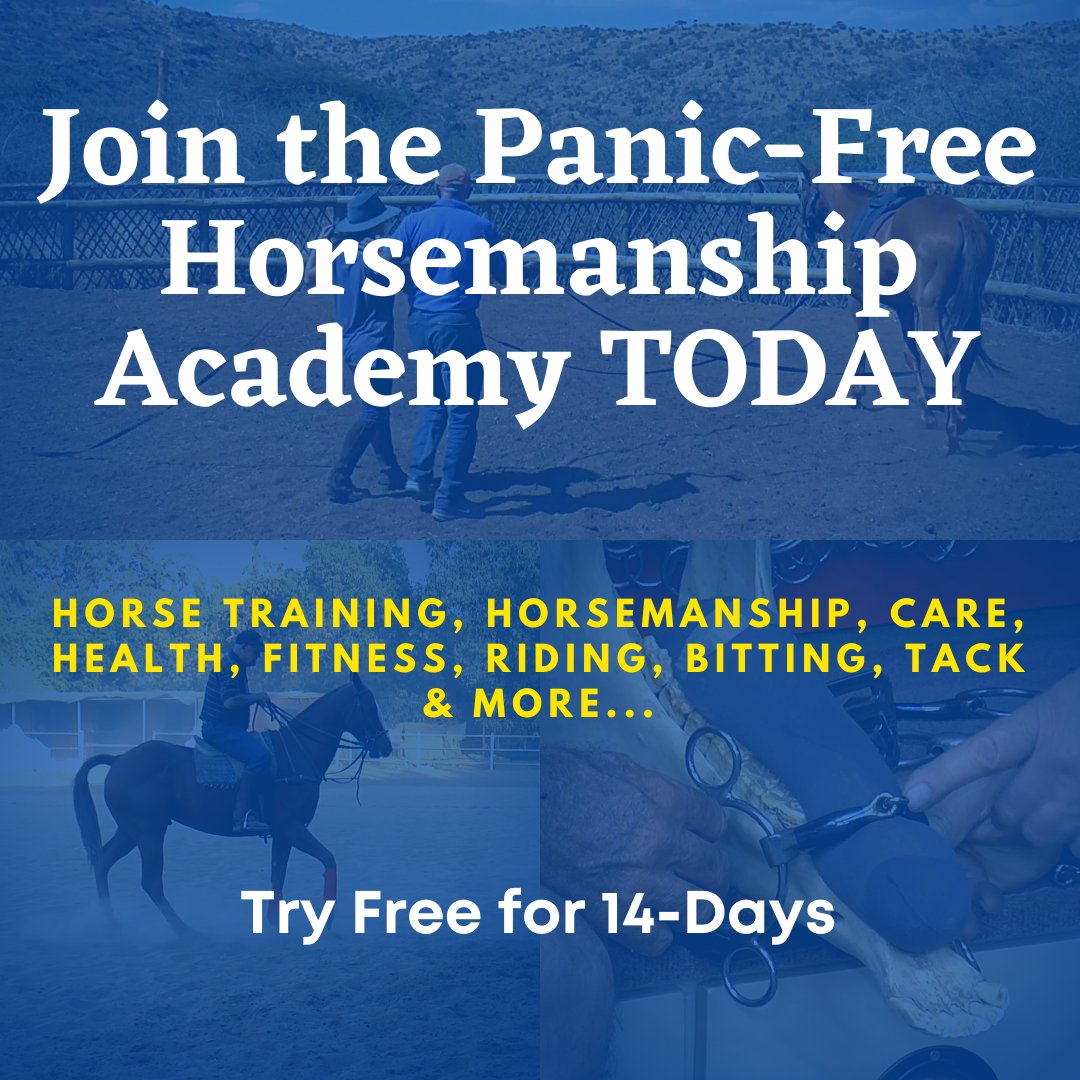
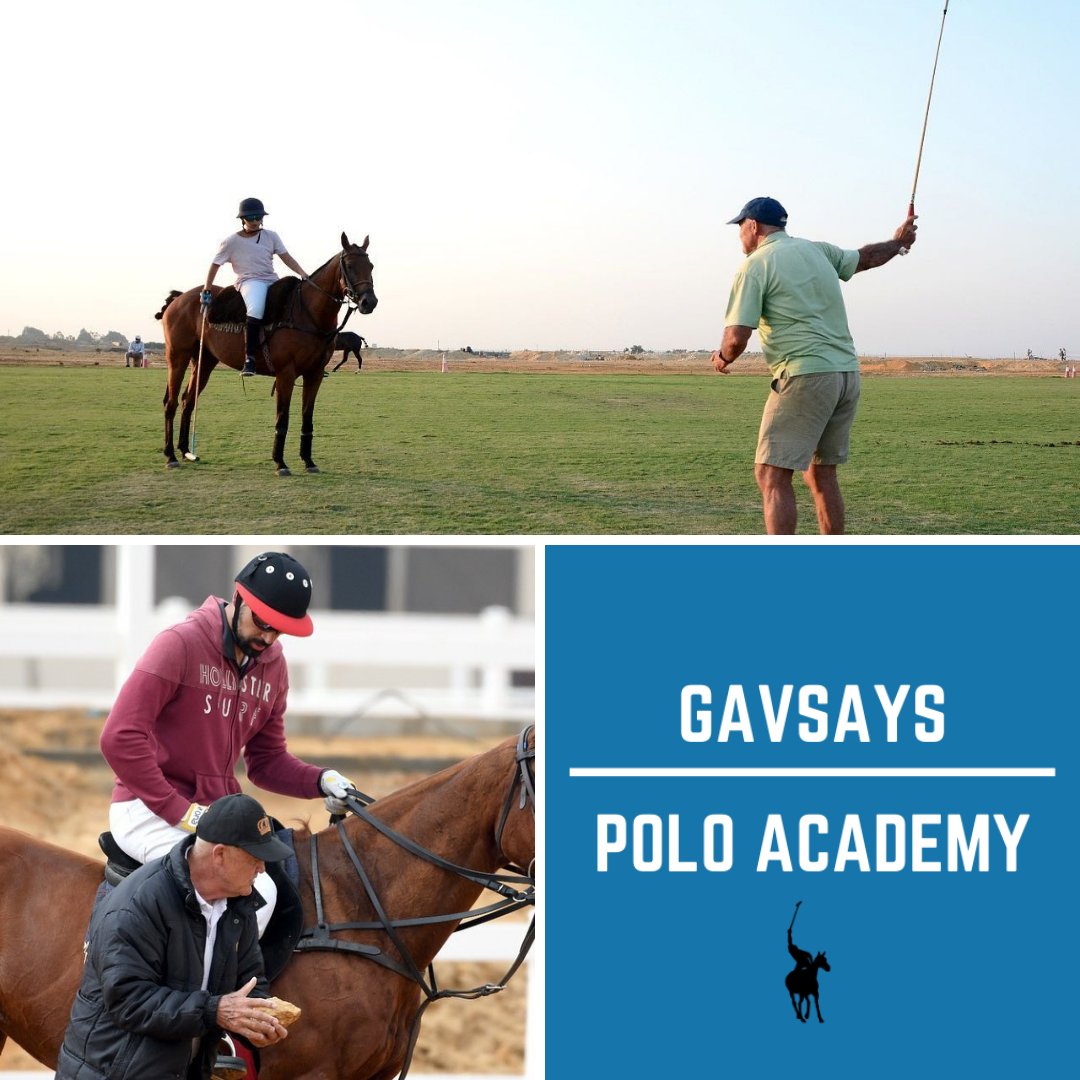
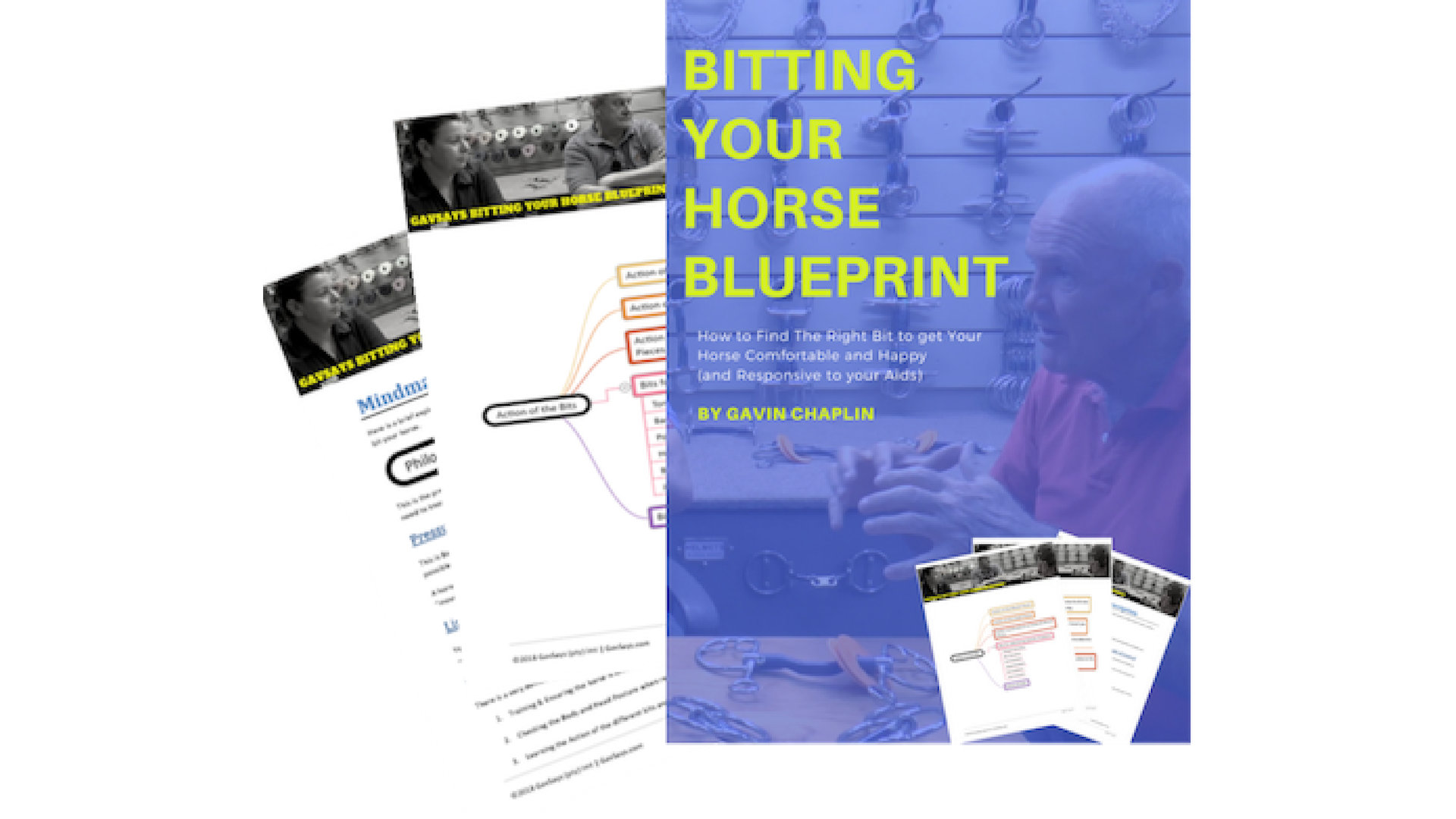
Comments
Got questions, comments or feedback! Then have your say in the box below...